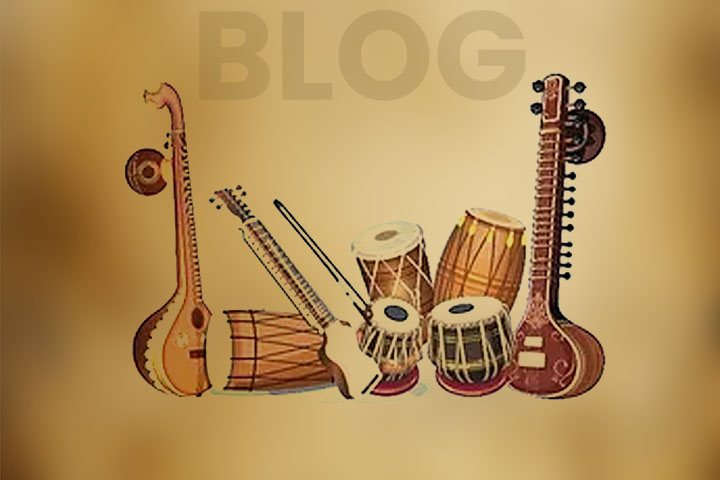From Tradition to Innovation: The Evolving Language of Raaga

Every time a raaga is performed, something new is born. And yet, something ancient is remembered. That’s the paradox, and the power, of Indian classical music—it evolves without ever letting go. At the heart of this living tradition is the raaga—a concept so fluid, so alive, that it continues to speak across centuries, cultures, and now, even across screens.
Raagas are more than scales or tunes. They are emotional worlds, each crafted with precision, lived through experience, and passed on with reverence. And while their rules remain rooted in tradition, their expression has always been a canvas for innovation.
A raaga is defined by its rules—its ascending and descending patterns (aaroh and avroh), its key notes (vadi and samvadi), and the time or season it is best performed in. But unlike Western scales, raagas are not mechanical. Their identity lies in how they breathe, unfold, and interact with silence.
This subtle balance of structure and emotion is what gives the raaga system its remarkable resilience. Across centuries, despite societal upheavals, changing patronage, and now technological disruption, the raaga has not only survived—it has expanded its language.
Each raaga offers a framework—but within that, the artist brings it to life. Two renditions of the same raaga can be worlds apart. This space for individual expression within collective tradition is the genius of Indian classical music.
As musical sensibilities change, so do interpretations. New compositions (bandishes) are written, older ones are reinterpreted. Some artists push the boundaries by blending raagas, or presenting them in contemporary settings. Others revisit forgotten raagas, bringing them back to life.
And through it all, institutions like ABGMVM ensure that innovation is never untethered from discipline. By offering structured learning, a documented repertoire, and trained mentorship, the Mandal serves as a cultural compass—pointing forward without losing sight of where we began.
Today, a raaga can travel farther in a day than it once did in a lifetime. Recordings, streaming platforms, YouTube masterclasses, music learning apps—the reach is unprecedented. Young listeners across continents are discovering raagas with fresh ears. Technology, once seen as a threat, is now a tool—helping archive, annotate, and share raagas with precision and scale.
Even AI is being explored to analyze raaga patterns, suggest improvisations, or aid musicological research. Yet, all this advancement still requires a solid foundation in tradition. One cannot innovate meaningfully without understanding the essence.
This is where institutions like ABGMVM play a vital role—not just as educators, but as custodians of authenticity in an age of convenience.
Every generation of musicians inherits a dual responsibility: to preserve the sanctity of the art and to make it relevant to their time. That means respecting the rules, but not fearing reinvention. It means treating tradition not as a cage, but as a springboard for exploration.
Raagas must remain open-ended, just as they’ve always been—interpreted differently in every age, yet deeply recognizable in spirit.
The evolving language of raaga is not a break from the past—it is the natural progression of a living tradition. From medieval temples to modern studios, from royal courts to global stages, the raaga continues to speak—softly, soulfully, and now, universally.
What matters is that we listen—not just to the notes, but to the values they carry. And in doing so, we ensure that the music of our ancestors remains the voice of our future.